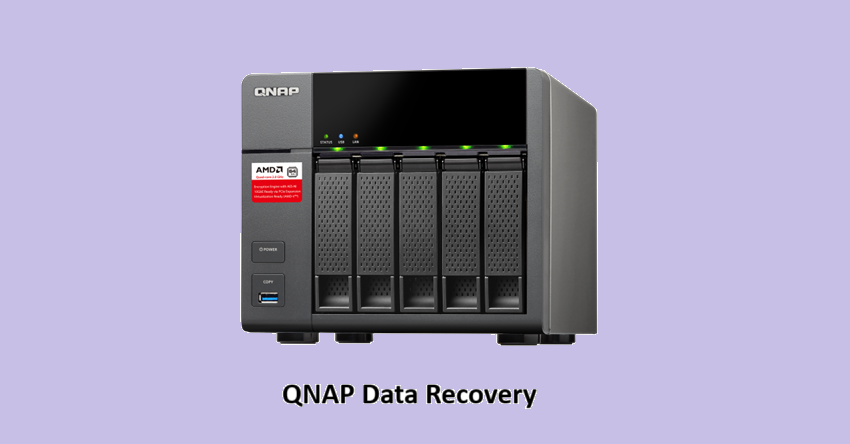Introduction
QNAP NAS devices are widely used for data storage and management in both personal and professional settings. However, data loss can occur unexpectedly due to hardware failures, accidental deletion, malware attacks, or system malfunctions. When such incidents happen, QNAP data recovery becomes essential to restore lost information and prevent disruptions. This comprehensive guide covers key recovery techniques, best practices, and expert tips to help you retrieve your data effectively.
Understanding QNAP Data Recovery
QNAP data recovery is the process of retrieving lost, deleted, or inaccessible data from a QNAP NAS device. The recovery approach depends on the cause and severity of the data loss. It can involve retrieving individual files, folders, databases, or even entire storage volumes.
Common Causes of Data Loss on QNAP NAS
a. Hardware Failure – Hard disk drive (HDD), solid-state drive (SSD), or power supply unit (PSU) failures can lead to data loss. b. Accidental Deletion – Mistakenly deleting files or formatting a drive can result in significant data loss. c. RAID Configuration Issues – Incorrect RAID setup, rebuild failures, or RAID controller malfunctions can affect data accessibility. d. Firmware Corruption – Corrupted firmware can cause system instability and make data inaccessible. e. Virus or Malware Attacks – Cyber threats can compromise the integrity of stored data.
Effective QNAP Data Recovery Methods
a. Software-Based Recovery – In cases of accidental deletion or logical errors, specialized data recovery software can scan and restore lost files. b. Hardware-Based Recovery – For severe issues such as hardware failure or physical damage, professional data recovery services with specialized tools are required. Experts use advanced techniques like disk imaging and component repair to retrieve data.
Essential Precautions for Successful QNAP Data Recovery
a. Stop Using the QNAP NAS – Continuing to use the device can overwrite lost data, reducing recovery chances. b. Avoid DIY Recovery Attempts – Uninformed recovery attempts can cause irreversible damage. c. Consult Professional Recovery Services – Experts have the tools and experience necessary for safe and effective data retrieval.
Choosing a Professional QNAP Data Recovery Service
When selecting a professional recovery service, consider the following:
a. Expertise and Experience – Ensure the service provider has a proven track record in handling QNAP NAS recovery. b. Cleanroom Facilities – For physical damage, a cleanroom environment prevents contamination during repairs. c. Data Confidentiality – Choose a provider with strict data privacy policies to protect sensitive information. d. Evaluation Process – Reliable services offer a detailed assessment and cost estimate before proceeding with recovery.
Preventive Measures to Minimize QNAP Data Loss
a. Regular Backups – Implement both onsite and offsite backups to secure data against unexpected loss. b. RAID Redundancy – Use RAID configurations like RAID 1 or RAID 5 to maintain redundant copies of data. c. Firmware Updates – Keep your NAS system updated to ensure security and stability. d. Anti-Malware Protection – Install and update security software to safeguard against cyber threats.
Conclusion
QNAP data recovery is a critical process when data loss occurs. Understanding common causes, effective recovery methods, and the role of professional services can improve the chances of successful data restoration. By adopting preventive measures and choosing a reliable recovery service, you can protect your valuable data and minimize the impact of unforeseen data loss incidents.



